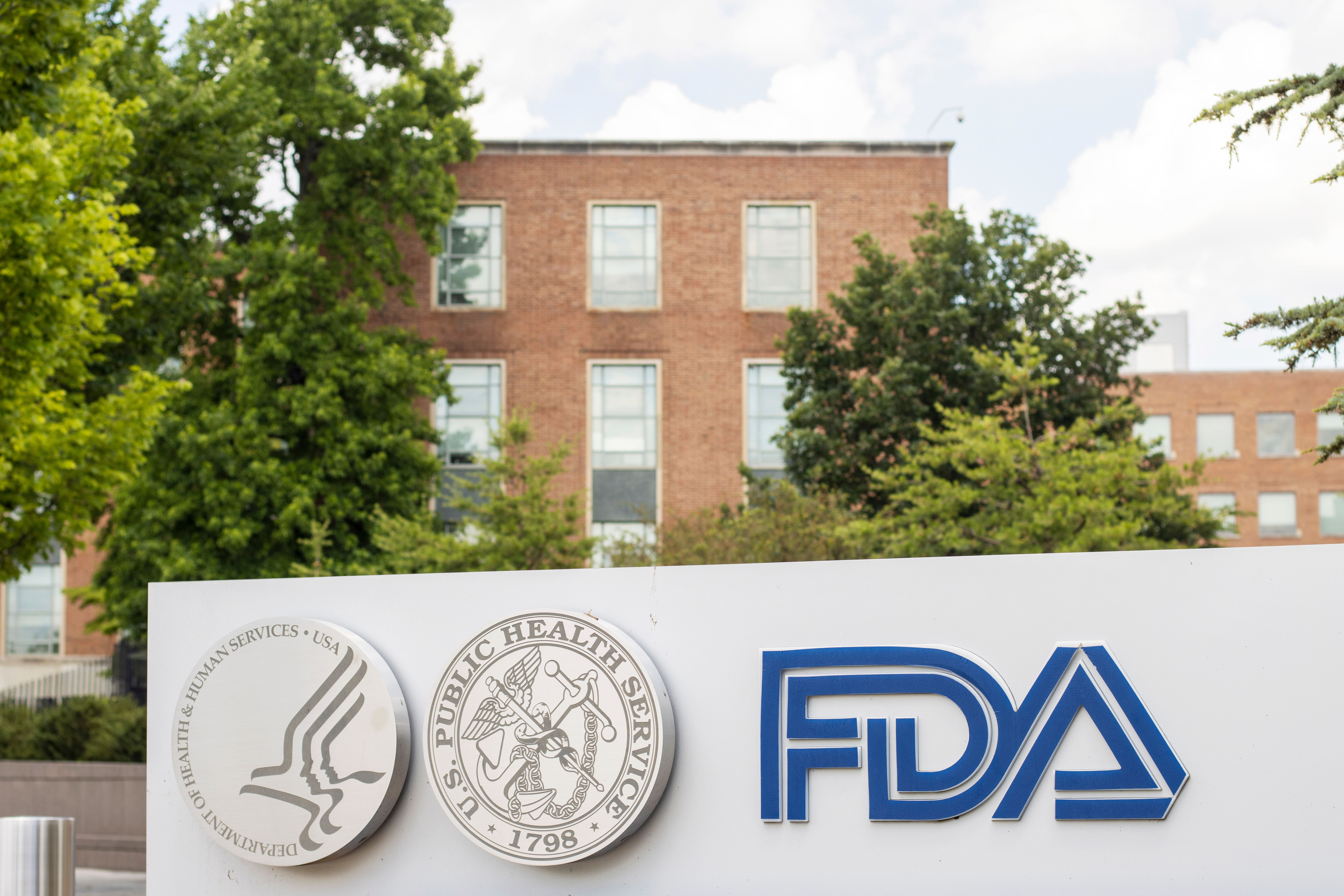- Acne
- Actinic Keratosis
- Aesthetics
- Alopecia
- Atopic Dermatitis
- Buy-and-Bill
- COVID-19
- Case-Based Roundtable
- Chronic Hand Eczema
- Chronic Spontaneous Urticaria
- Drug Watch
- Eczema
- General Dermatology
- Hidradenitis Suppurativa
- Melasma
- NP and PA
- Pediatric Dermatology
- Pigmentary Disorders
- Practice Management
- Precision Medicine and Biologics
- Prurigo Nodularis
- Psoriasis
- Psoriatic Arthritis
- Rare Disease
- Rosacea
- Skin Cancer
- Vitiligo
- Wound Care
Article
Advances in IPL tx boost acne results
Atlanta — According to Michael H. Gold, M.D., medical director of the Tennessee Clinical Research Center in Nashville, the Food and Drug Administration registration requirement for Accutane (Roche) users — in combination with side effects caused by other modalities — has launched a quest for alternative therapies in the treatment of moderate to severe inflammatory acne vulgaris. He argues that one of the best contenders is intense pulsed light (IPL) with topical 5-aminolevulinic acid (5-ALA) as photosensitizer.
Atlanta - According to Michael H. Gold, M.D., medical director of the Tennessee Clinical Research Center in Nashville, the Food and Drug Administration registration requirement for Accutane (Roche) users - in combination with side effects caused by other modalities - has launched a quest for alternative therapies in the treatment of moderate to severe inflammatory acne vulgaris. He argues that one of the best contenders is intense pulsed light (IPL) with topical 5-aminolevulinic acid (5-ALA) as photosensitizer.
Dr. Gold says, "In a recent study, I achieved a 70 percent reduction in acne. And the nice thing about IPL is that it also improves texture, smoothing the skin and reducing scarring."

Dr. Gold has been methodically investigating alternative treatments for acne over the last several years. He began by treating mild-to-moderate cases of acne vulgaris with blue light systems alone.
One study, for example, evaluated the safety and efficacy of the Blu-U Blue Light Photodynamic Therapy Illuminator Model 4170 compared to topical 1 percent clindamycin. The blue light therapy reduced inflammatory acne vulgaris lesions by an average of 34 percent compared to 14 percent for the topical solution.
The next question was: Is it possible to improve results further by adding 5-ALA? The answer was "yes," even with moderate to severe cases. Treating 10 patients with 5-ALA (30 minutes to one hour) followed by exposure to high-intensity blue light (CureLight by Lumenis) led to improvements of 60 percent. Results persisted for three months. And, again, treatments were well tolerated without side effects.
Over the course of his research career, involving dozens of studies, Dr. Gold has noted a great deal of interchangeability between various laser and light systems. He decided to test 5-ALA as a photosensitizing agent in combination with intense pulsed light IPL. He selected the SkinStation and exposed patients with moderate to severe acne to blue light sessions once a week for four weeks with evaluations at four and 12 weeks. For the 15 patients who completed the trial, treatment was again well tolerated. Improvements were 70 percent at the end of the four-week treatment period, 70 percent at four weeks post treatment, and 70 percent at 12 weeks post treatment.
A study now underway indicates the modality is effective for treatment of cystic acne as well.
Dr. Gold says, "With the new Accutane registry coming around the corner, physicians will be searching for alternatives. ALA-PDT may prove to be just that, at least from anecdotal evidence."
General findings
"Some dermatologists have embraced ALA," Dr. Gold reports. "Others haven't. I find it useful across the board for patients who seek a hastened response. It's part of my standard treatment."
He notes that, while researchers tend to cite specific light sources, dermatologists don't need to fixate on technology.
"I study a variety of IPL systems and find that the category as a whole gives consistent results. High-powered systems may produce faster results, but low-powered systems definitely work."
However, for patients with acne scars, he always uses an IPL system.
In conducting research, he cautions physicians to accurately report results.
"If you start clinical trials with 30 patients, and only 20 respond to treatment," he says, "the investigator should talk about all 30. It's misleading to report on responders only."
Disclosure: Dr. Gold consults with Dusa Pharmaceuticals and other laser/light manufacturers.
Newsletter
Like what you’re reading? Subscribe to Dermatology Times for weekly updates on therapies, innovations, and real-world practice tips.











